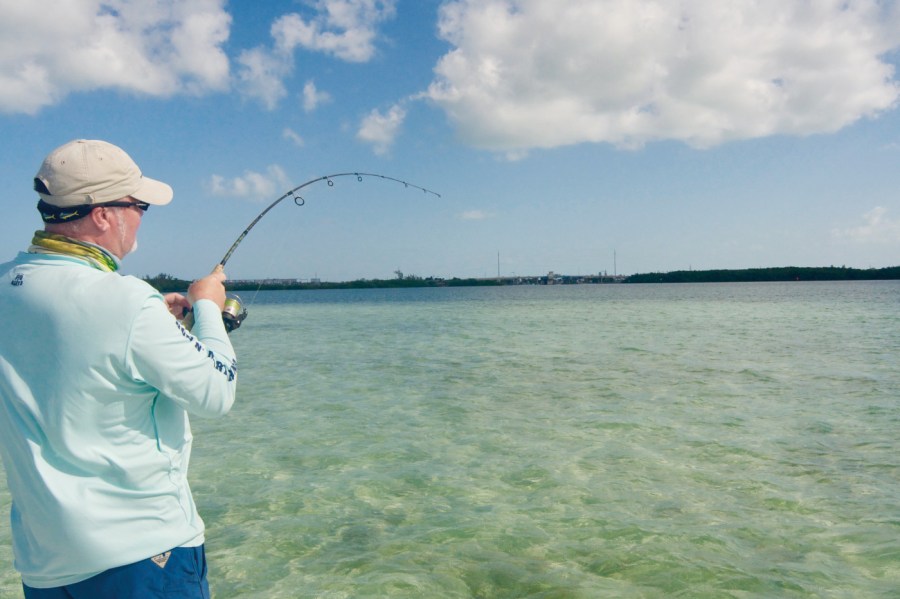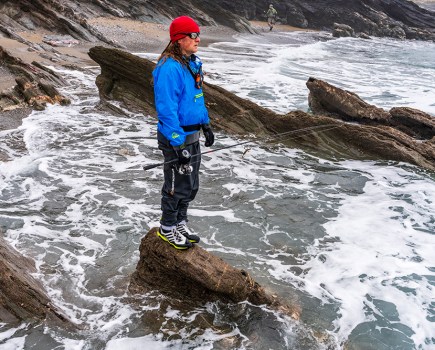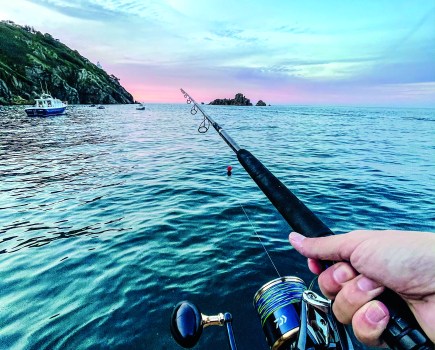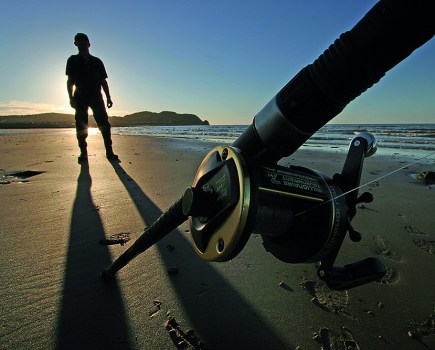Baitrunner style reels were developed for tropical saltwater species but never took off in UK sea angling. Dave Lewis explains what they are, when to use them, and why they are perfect for many UK sea angling situations
In the mid 1980s Shimano introduced the first of a range of reels that took the angling world by storm. Throughout Europe freshwater specimen anglers, and especially carp anglers, were quick to realise the potential of Shimano’s revolutionary new design and the Shimano Baitrunner became the reel to own; or in the case of carp anglers the trio of reels to own
The fact that Baitrunners are still so incredibly popular today just goes to show how much of a game changer the new technology was. Other tackle companies have brought out their own versions of these reels but the name ‘baitrunner’ was coined, and is owned, by the original design produced by Shimano.
Many carp anglers are under the impression that Baitrunner reels were designed specifically for carp fishing, which is not entirely correct. Shimano’s intention had been to design a fixed spool reel that would allow line to flow freely off the spool, with the reel bale arm closed.
It was intended for presenting live and cut baits to spooky species such as bonefish and permit, allowing the fish to pick up a bait and run with it without feeling any resistance, and for the angler to be able to engage the primary drag system by simply turning the reel handle, rather than fumbling to manually close the bale arm as yards of line poured off the spool.
Baitrunner design
Shimano Baitrunner reels are designed with both a primary ‘traditional’ clutch plus a secondary drag system, which is engaged by opening what is known as a ‘teaser lever.’
When the secondary drag is engaged the reel is set at ‘controlled free spool’, meaning that the drag is light enough to allow a fish to take the bait and run with it, without feeling the resistance of very light drag. The run tension of the secondary drag is adjusted with a drag knob, located at the back of the reel.
This should be adjusted to provide a very light setting, just enough to keep enough tension on the line to keep it from getting tangled, and light enough that a fish can take the bait and run with it without getting spooked.
Once a fish takes the bait and starts to swim with it, the reel will allow the line to come off the spool very easily, and all the angler has to do is pick up the rod and wind the handle a single turn to disengage the secondary drag system, so that the main drag can take over allowing you to set the hook.
The Baitrunner reels are perfect for use with circle hooks as these set themselves and allow a fish to run with the bait in its mouth is the basic principle in using circle hooks.
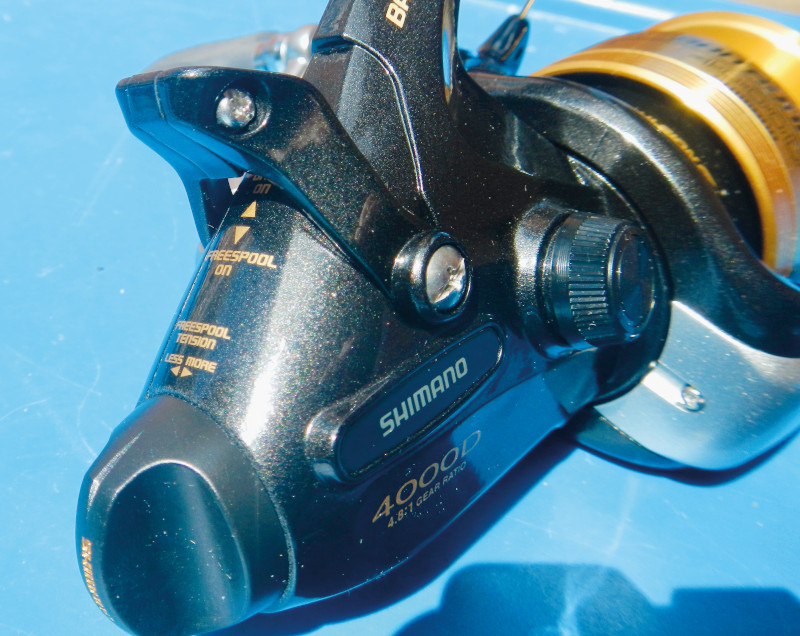
Dave is currently using the Shimano 4000D for UK and overseas fishing
When to use them?
One of the classic applications for Baitrunner reels is when casting baits at cruising fish in clear water. They are absolutely perfect for casting live prawns to bonefish cruising in shallow clear water, which was one of the first techniques that anglers recognised these superb new reels could be used for. They are also ideal for fishing chunks of cut bait amongst a chum line, for exactly the same reasons.
What species a good to catch on a baitrunner?
Occasionally I have seen British anglers using Baitrunner reels in the UK, but mostly they have been used as a standard sized fixed spool reel, and not specifically for the advantages offered by the secondary clutch system.
The Baitrunner design is absolutely perfect for many European species, notably mullet and bass, as they are the perfect reel to free line a peeler crab in a gully for foraging bass. The larger sizes would be ideal for freelining chunks of bait for larger species such as tope, too, especially when fishing in shallow water.
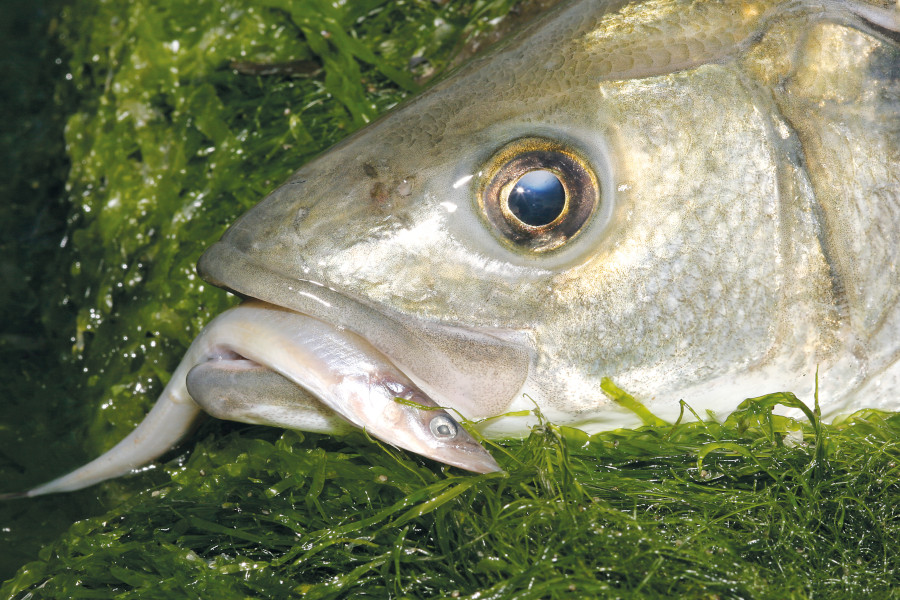
In many sea angling situations in the UK the strength of the current where you are fishing is going to be a factor in how much tension you place on the drag, but this is easily compensated for.
Once you have cast the bait and the spool continues to let line out very slowly due to the run of tide, all you will need to do is tighten the secondary drag a click or two at a time until no more line is being let out.
Of course, when not being used specifically for its freelining function Baitrunner reels can be utilised for any other angling situation where you would use a fixed spool reel of similar size, such as lure or float fishing.
If you have decided that your style of fishing is going to include fishing with either livebaits or freelining cut bait, then I would highly recommend that you take a look at the current Baitrunner range and try fishing with it.
Many other manufacturers have since produced their own versions but Shimano still leads the field. These really are superb reels that are perfect for a wide range of different applications in saltwater both here in the UK and overseas. Once you’ve used one and experienced the advantages you’ll never look back.

